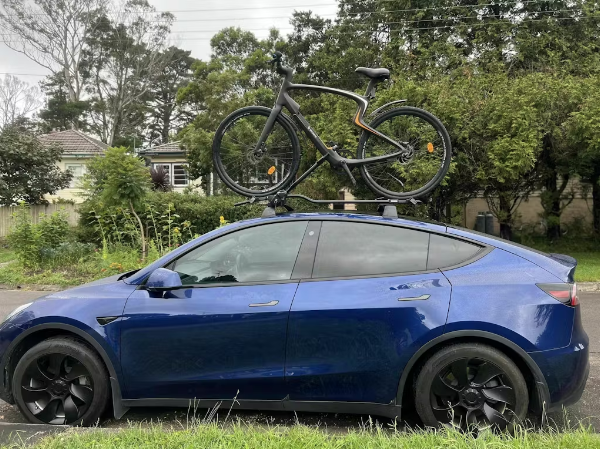The Evolution of E-Bikes: From Conventional Bicycles to Electric Assist

In the ever-changing landscape of transportation, one innovation has stood out as a game-changer: the electric bicycle, or e-bike.
But how did we get here? Let’s delve into the fascinating evolution of e-bikes, tracing their roots from conventional bicycles to the electric marvels we know today.
Contents
Early Beginnings: Conventional Bicycles
The story of e-bikes begins with the humble bicycle, a revolutionary invention that dates back to the early 19th century.
Conventional bicycles, propelled solely by human power, quickly gained popularity as an efficient and eco-friendly mode of transportation.
From city streets to rural roads, bicycles provided individuals with newfound freedom and mobility.
The Rise of Electric Assist
As technology advanced, so did the desire for enhanced performance and convenience.
In the late 19th and early 20th centuries, inventors experimented with various forms of electric propulsion for bicycles. However, it wasn’t until the late 20th century that electric assist systems began to gain traction.
Early Electric Assist Systems
The first electric assist systems were rudimentary and often bulky, consisting of heavy lead-acid batteries and primitive motors. Despite their limitations, these early e-bikes offered a glimpse into the future of transportation, combining the efficiency of pedal power with the added boost of electric propulsion.
Advancements in Technology
In the 21st century, rapid advancements in battery technology, motor efficiency, and lightweight materials propelled e-bikes into the mainstream. Lithium-ion batteries replaced bulky lead-acid counterparts, providing greater energy density and range. Meanwhile, brushless motors became smaller, lighter, and more powerful, offering seamless assistance with minimal noise and maintenance.
Integration and Innovation
Today, e-bikes have evolved beyond mere transportation devices to become symbols of urban mobility and sustainable living.
Manufacturers around the world are pushing the boundaries of design and innovation, incorporating cutting-edge features such as regenerative braking, smart connectivity, and integrated navigation systems.
Changing Perceptions and Adoption
As e-bikes become more accessible and affordable, attitudes towards them are shifting.
Once seen as a niche product for enthusiasts, e-bikes are now embraced by commuters, recreational riders, and outdoor adventurers alike. Their ability to flatten hills, extend range, and provide effortless assistance has broadened their appeal to a diverse range of users.
Looking Towards the Future
The evolution of e-bikes shows no signs of slowing down. With ongoing advancements in battery technology, motor efficiency, and connectivity, the future of e-bikes looks brighter than ever.
From city streets to remote trails, e-bikes are poised to revolutionize the way we move, offering a sustainable, efficient, and exhilarating mode of transportation for generations to come.
In conclusion, the journey from conventional bicycles to electric assist has been nothing short of remarkable. As e-bikes continue to evolve and innovate, they are reshaping the way we think about transportation and sustainability, paving the way for a greener, healthier, and more connected future.





